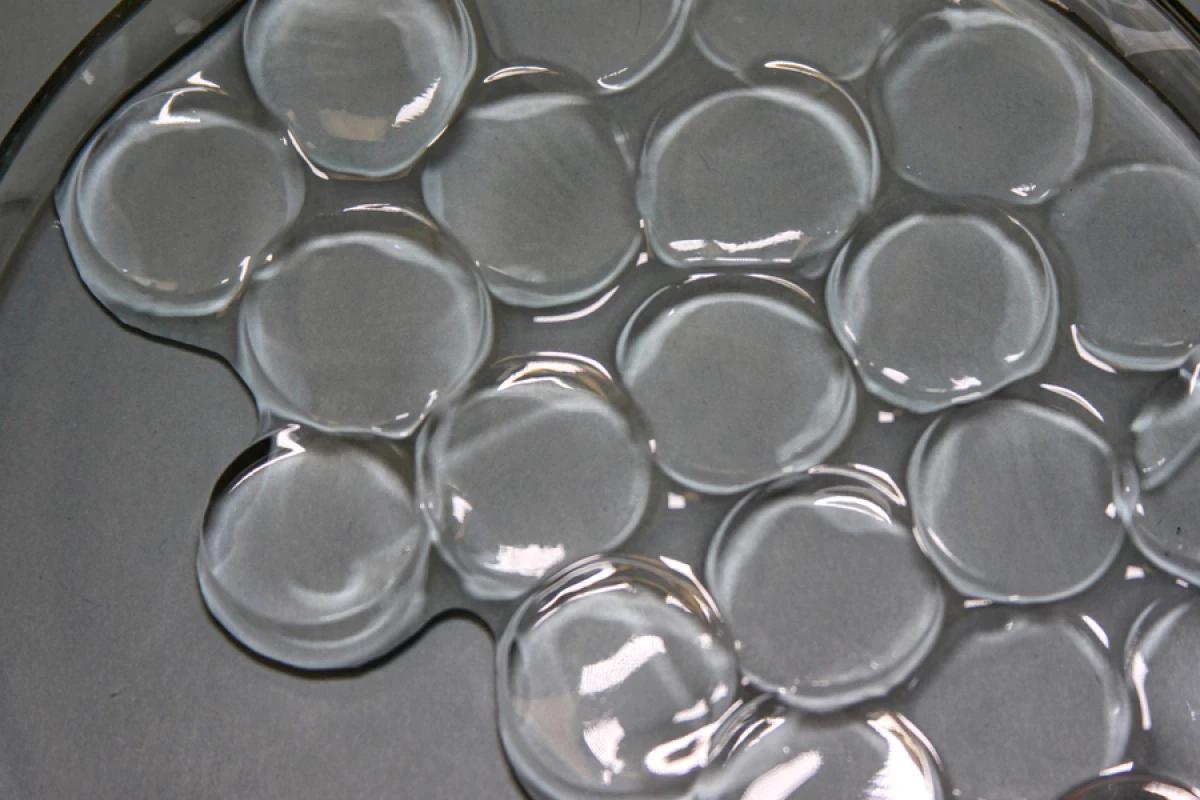Researchers have created a superabsorbent hydrogel that can pull moisture from the air in greater quantities than previously reported materials, even in desert conditions. The new material opens the door to creating an effective, sustainable method of addressing the important issue of water scarcity.
Water is key to human survival, energy, food production, and healthy ecosystems. At the same time, climate change has added to the burden of maintaining global water and energy supplies due to shifting environmental conditions. According to Unicef, almost two-thirds of the world’s population experiences severe water scarcity for at least one month each year.
In the search for innovative materials that enable the harvesting of water, hydrogels that can absorb moisture from the air – hygroscopic hydrogels – have attracted the attention of researchers. To be effective and usable in a wide variety of environmental situations, these hydrogels need to be low-cost, scalable and sustainable, as well as provide a high degree of water vapor uptake.
MIT researchers have developed a superabsorbent hydrogel that ticks all these boxes, even in desert-like conditions. The key to the material’s absorbency was loading the hydrogel with a particular kind of salt, lithium chloride.
After reading other studies that had used a mix of hydrogels with salts, the researchers settled on lithium chloride, which is highly hygroscopic. It’s capable of absorbing more than 10 times its mass in moisture. But it needed a material that could hold the water the salt collected from the air. That’s where the hydrogel comes in.
“It’s the best of both worlds,” said Gustav Graeber, lead author of the study. “The hydrogel can store a lot of water, and the salt can capture a lot of vapor. So it’s intuitive that you’d want to combine the two.”
The researchers experimented by dropping hydrogel disks into solutions containing different concentrations of lithium chloride salt. Each day they were weighed to see how much salt had been infused into the hydrogel. After soaking for 30 days, the researchers found that the hydrogel took up 0.8 oz (24 g) of salt per gram of gel. Previous research had achieved a salt uptake of 0.2 oz (6 g), but the hydrogel has not been left in the salt solution as long.
The salt-loaded hydrogel was tested under various humidity conditions. The researchers found that, at a range of humidity levels – 30%, 50% and 70% – the hydrogel absorbed moisture without leaking. Even at 30% relative humidity, lower than the humidity in the desert at night, the hydrogels captured 0.06 oz (1.79 g) of water per gram of material, 15% more than previously tested hydrogels, according to the researchers. The water could be heated, condensed and collected as ultrapure water.
“Any desert during the night would have that low relative humidity, so conceivably, this material could generate water in the desert,” said Carlos Díaz-Marín, one of the study’s co-authors.
The next challenge for the researchers is to speed up the water absorption process.
“The big, unexpected surprise was that, with such a simple approach, we were able to get the highest vapor uptake reported to date,” Graeber said. “Now, the main focus will be kinetics and how quickly we can get the material to uptake water. That will allow you to cycle this material very quickly, so that instead of recovering water once a day, you could harvest water maybe 24 times a day.”
Because it can be made quickly and at a large scale, in addition to being an effective water harvester, the researchers are considering other applications for their salty hydrogel.
“We’ve been application-agnostic, in the sense that we mostly focus on the fundamental properties of the material,” said Díaz-Marín. “But now we are exploring widely different problems like how to make air conditioning more efficiency and how you can harvest water. This material, because of its low cost and high performance, has so much potential.”
The study was published in the journal Advanced Materials.
Source: MIT





